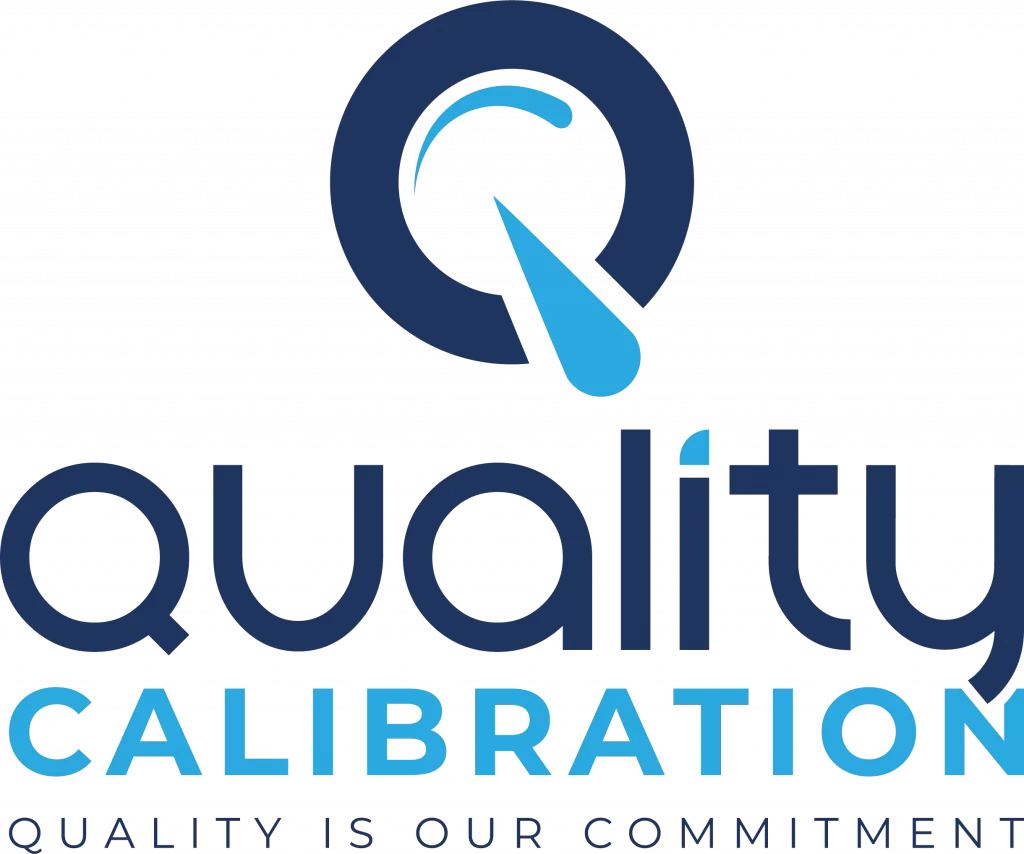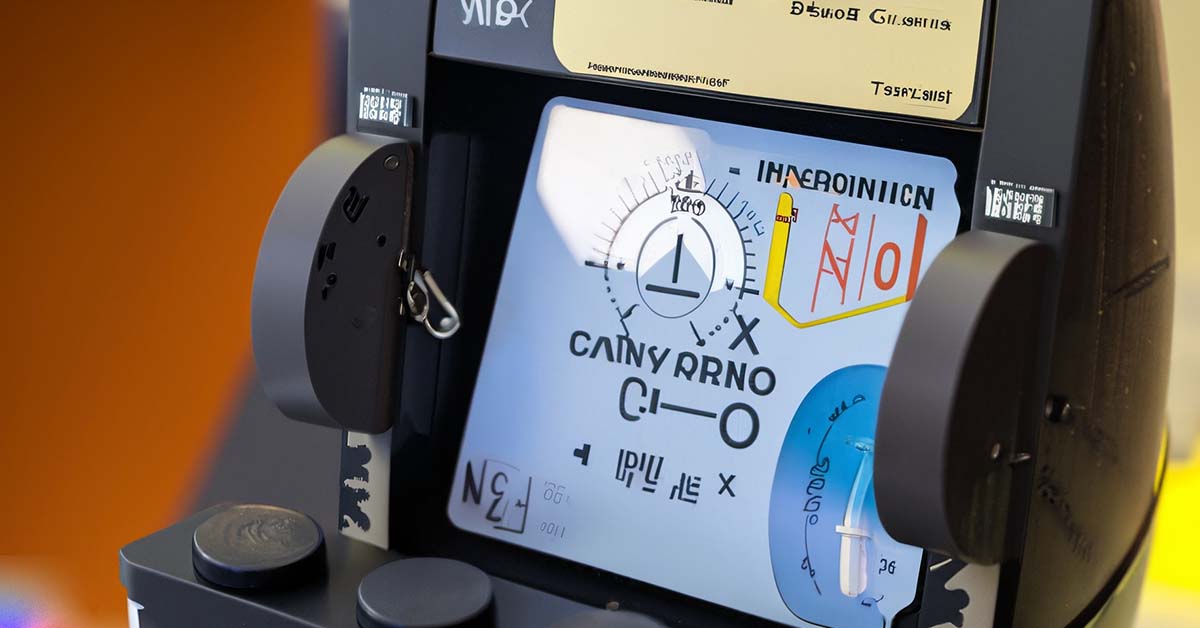Gas detectors play a vital role in ensuring safety and preventing potential hazards in various industries. Among the wide range of gas detectors available, the XNX gas detector stands out for its accuracy, reliability, and advanced features. However, like any other precision instrument, regular calibration is essential to maintain its effectiveness and accuracy. In this article, we will provide a Comprehensive Guide on XNX Gas Detector Calibration, covering everything from the importance of calibration to the step-by-step calibration process. So, let’s dive in and explore the world of XNX gas detector calibration!
Introduction to XNX Gas Detector
The XNX gas detector is a cutting-edge device used for monitoring and detecting various gases in industrial environments. It incorporates advanced technologies to provide accurate and real-time gas detection, ensuring the safety of workers and the surrounding environment. The XNX gas detector offers versatility and flexibility, enabling it to detect a wide range of hazardous gases.
Importance of Calibration
Calibration is crucial as it ensures accuracy, reliability, and consistency in various fields. It establishes a reference point for measurements, guaranteeing precision in scientific experiments, manufacturing processes, and medical equipment. Proper calibration reduces errors, enhances quality control, and enables compliance with industry standards. It is essential for maintaining safety, achieving optimal performance, and instilling confidence in measurement results.
Importance of Gas Detector Calibration
A. Ensuring Accurate Readings and Functionality
Proper calibration of gas detectors is crucial for ensuring accurate readings and maintaining their functionality. Through calibration, the detector’s sensors are adjusted to provide precise measurements of gas concentrations. This calibration process takes into account factors such as environmental conditions, sensor drift, and aging components. By calibrating regularly, the detector’s accuracy is maintained, enabling it to effectively detect and quantify the presence of hazardous gases. This ensures that workers are promptly alerted to potential dangers, allowing them to take necessary precautions and prevent accidents.
B. Safety Implications and Preventing Gas Leaks
Gas leaks pose significant safety hazards in various industries. Calibration plays a vital role in preventing such leaks by ensuring the gas detector’s sensitivity to detect even minute gas concentrations. Accurate calibration reduces the risk of false negatives, where a detector fails to detect a potentially dangerous gas leak. By regularly calibrating the detector, the chances of missing gas leaks are minimized, thereby safeguarding the well-being of workers and preventing potential disasters.
C. Trusting the Detector’s Reliability
Gas detectors are relied upon as critical safety devices. Calibration instills trust in their reliability and performance. When a gas detector is properly calibrated, it provides consistent and accurate readings, establishing confidence in its ability to detect and monitor hazardous gases effectively. This trust is essential for workers who depend on the detector to provide timely warnings and enable them to take appropriate actions. Regular calibration assures users that the gas detector is functioning optimally, giving them peace of mind and ensuring their safety in potentially hazardous environments. Read more about the Importance of Gas Detector Calibration.
Types of Gas Detectors
A. Electrochemical Gas Sensor or Detector
Electrochemical gas sensors detect gases based on the chemical reactions that occur when the target gas comes into contact with an electrode. They are commonly used for detecting toxic gases such as carbon monoxide, hydrogen sulfide, and chlorine. Electrochemical sensors offer high sensitivity, selectivity, and response times, making them suitable for various industrial and safety applications.
B. Catalytic Bead Sensor or Detector
Catalytic bead sensors employ a heated wire coated with a catalyst that reacts with combustible gases, causing a change in electrical resistance. This change is then measured to determine gas concentration. They are widely used for detecting flammable gases like methane, propane, and hydrogen. Catalytic bead sensors are reliable, durable, and have a fast response time, making them suitable for industrial environments.
C. Infrared Gas Sensor or Detector
Infrared gas sensors use infrared light to measure the absorption of specific gases. They detect gases based on their unique absorption spectra, making them highly selective and capable of detecting a wide range of gases, including hydrocarbons, carbon dioxide, and refrigerants. Infrared sensors are immune to cross-interference and are commonly used in environmental monitoring, industrial processes, and leak detection applications.
D. Photoionization Gas Sensor or Detector
Photoionization detectors (PIDs) utilize ultraviolet (UV) light to ionize gas molecules, generating a measurable current. PIDs are effective in detecting volatile organic compounds (VOCs) and other hazardous substances with low ionization potentials. They offer rapid response times and can detect a wide range of gases in real-time. PIDs are commonly used in industrial hygiene, environmental monitoring, and hazardous material handling. Read about Types of Gas Detectors in details.
Calibration Frequency
The calibration frequency of an XNX gas detector depends on several factors, including the type of gas being detected, the environment it operates in, and the manufacturer’s recommendations. Generally, it is recommended to calibrate the XNX gas detector at least once every six months. However, certain gases or specific industries may require more frequent calibration to ensure accurate readings.
Preparing for Calibration
Before initiating the calibration process, it is essential to prepare adequately. Here are a few key steps to follow:
- Inform the relevant personnel about the calibration process and ensure the area is cleared of any potential hazards.
- Review the manufacturer’s instructions and guidelines for calibration.
- Gather all the necessary tools and equipment required for the calibration process.
Required Tools and Equipment
To calibrate an XNX gas detector effectively, you will need the following tools and equipment:
- Calibration gas cylinder: Contains a known concentration of gas for calibration.
- Calibration regulator: Controls the flow of calibration gas.
- Tubing and fittings: Connects the calibration gas cylinder to the gas detector.
- Screwdriver or calibration tool: Used for adjusting calibration settings on the XNX gas detector.
- Calibration adapter: Facilitates the connection between the calibration gas and the gas detector.
Step-by-Step Calibration Process
Proper calibration involves a series of steps to ensure accurate readings. Let’s walk through the calibration process for the XNX gas detector:
- Initial Preparations
- Wear appropriate personal protective equipment (PPE) before starting the calibration process.
- Ensure that the XNX gas detector is functioning correctly and has sufficient battery life.
- Confirm that the calibration gas cylinder contains the appropriate gas concentration for calibration.
- Zero Calibration
- Connect the calibration gas cylinder to the XNX gas detector using the tubing and fittings.
- Turn on the gas detector and allow it to warm up for the recommended time.
- Access the calibration menu on the XNX gas detector and initiate the zero calibration process.
- Follow the on-screen prompts to complete the zero calibration, ensuring the detector reads zero in the absence of gas.
- Span Calibration
- Disconnect the tubing from the calibration gas cylinder and attach it to the calibration gas regulator.
- Set the calibration gas concentration to the desired level as per the manufacturer’s specifications.
- Initiate the span calibration process through the XNX gas detector’s menu.
- Follow the prompts to introduce the calibration gas and adjust the detector’s settings to match the known concentration.
- Verify that the detector displays the correct readings for the calibration gas.
- Bump Testing
- Perform a bump test on the XNX gas detector regularly to ensure it responds correctly to gas exposure.
- Use a bump test gas cylinder, which contains a low concentration of gas.
- Initiate the bump test through the gas detector’s menu and follow the instructions to complete the process.
- The bump test quickly verifies that the gas detector’s sensors are functional and capable of detecting gas.
- Record Keeping
- Maintain accurate records of all calibration activities, including the date, gas concentrations used, and calibration results.
- Store these records in a secure location for future reference and compliance purposes. Read Step by step XNX gas detector calibration process.
Common Challenges and Troubleshooting
During the calibration process, you may encounter some challenges or issues. Here are a few common ones and their possible solutions:
- Issue: Inaccurate calibration readings. Solution: Ensure that the calibration gas concentration matches the intended value and check for any leaks or blockages in the tubing or fittings.
- Issue: Calibration failure or error messages on the XNX gas detector. Solution: Refer to the device’s user manual for specific error code explanations and troubleshooting steps. Contact the manufacturer’s support if necessary.
Maintenance Tips for XNX Gas Detector
To keep your XNX gas detector in optimal condition, consider the following maintenance tips:
- Regularly inspect the detector for physical damage, worn-out parts, or sensor contamination.
- Clean the detector’s sensors and filters as recommended by the manufacturer.
- Replace the device’s batteries according to the recommended schedule.
- Stay up to date with firmware updates and software enhancements provided by the manufacturer.
Benefits of Regular XNX Gas Detector Calibration
Regular calibration of the XNX gas detector offers several benefits, including:
- Ensuring accurate and reliable gas detection: Calibration ensures that the gas detector provides precise measurements, minimizing the risk of false readings and ensuring timely detection of hazardous gases.
- Minimizing false alarms and unnecessary downtime: Proper calibration reduces false alarms, preventing unnecessary evacuations or disruptions in operations caused by inaccurate readings.
- Complying with safety regulations and industry standards: Regular calibration helps organizations meet safety regulations and industry standards, ensuring a safe working environment and avoiding potential penalties or legal issues.
- Enhancing worker safety and preventing potential hazards: Accurate gas detection provided by calibration helps identify and address potential hazards promptly, reducing the risk of accidents, injuries, and health issues for workers.
- Extending the lifespan of the gas detector and optimizing its performance: Regular calibration helps maintain the integrity and performance of the gas detector, ensuring its longevity and maximizing its effectiveness in detecting gas concentrations.
Compliance and Safety Standards
Calibration of gas detectors, including the XNX gas detector, is crucial for compliance with various safety standards and regulations. It ensures that the device meets the required accuracy and performance criteria, allowing businesses to maintain a safe working environment and avoid penalties or legal consequences.
Conclusion
Calibration plays a pivotal role in maintaining the accuracy and reliability of the XNX gas detector. By following the outlined calibration process and adhering to recommended frequencies, you can ensure that your gas detector provides precise readings, minimizing potential risks and promoting a safe working environment.
Frequently Asked Questions (FAQs)
How often should I calibrate my XNX gas detector?
It is recommended to calibrate the XNX gas detector at least once every six months. However, certain gases or industries may require more frequent calibration.
Can I calibrate the XNX gas detector myself, or should I seek professional assistance?
Calibration can be performed by trained personnel within your organization, provided they have the necessary knowledge and equipment. Alternatively, you can engage professional calibration services for optimal results.
What happens if I don’t calibrate my XNX gas detector regularly?
Failure to calibrate the gas detector regularly may result in inaccurate readings, false alarms, and compromised safety. It is essential to adhere to the recommended calibration frequencies.
Is bump testing necessary if I already calibrate my XNX gas detector regularly?
Yes, performing periodic bump tests is essential to ensure the proper functionality of the gas detector’s sensors and responsiveness to gas exposure.
Can I use any calibration gas cylinder for the XNX gas detector?
It is crucial to use the calibration gas cylinder recommended by the manufacturer to ensure accurate calibration results and compatibility with the detector.
In conclusion, XNX gas detector calibration is a critical process to maintain accurate gas detection and ensure the safety of workers and the surrounding environment. By following the outlined calibration steps, adhering to recommended frequencies, and conducting regular maintenance, you can maximize the effectiveness of your XNX gas detector and minimize potential risks. Stay proactive in calibration to keep your workplace secure and compliant with safety regulations.

Md. Hasan Ibrahim is a Technical Manager at Quality Calibration with extensive experience in the calibration sector since 2015. Holding a Bachelor of Science degree in Mechanical Engineering from Khulna University of Engineering & Technology (KUET), he has received training from various national and international organizations including CSIR-CMERI, QSI, BAB, NML-BSTI, memmert, and X-rite. With expertise in ISO/IEC 17025 assessment, method validation, metrological traceability, and uncertainty, he has successfully completed numerous calibration projects across diverse industries such as pharmaceuticals, food & beverage, oil & gas, textiles & garments, power plants, batteries, chemicals, hospitals & healthcare, and private universities.





